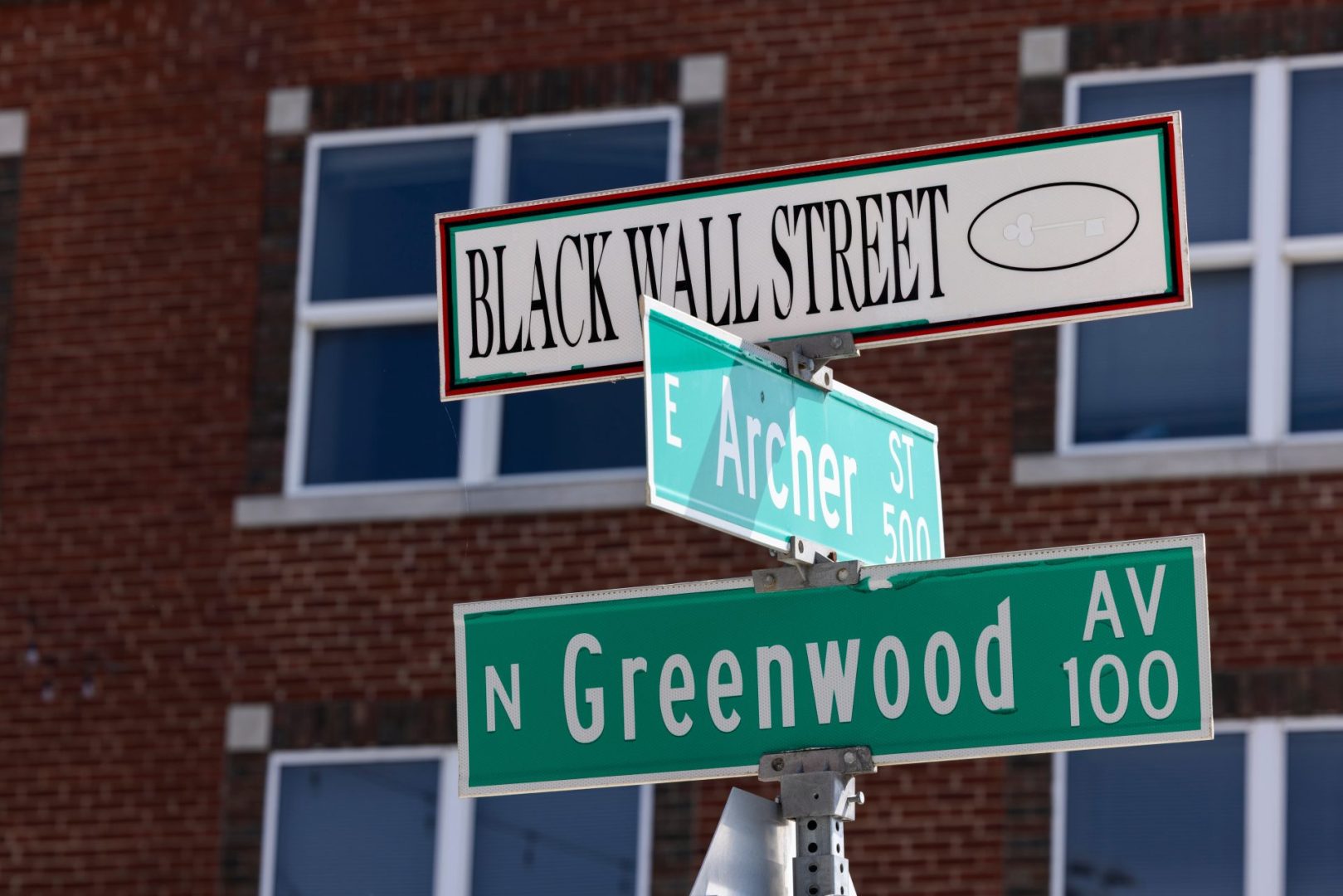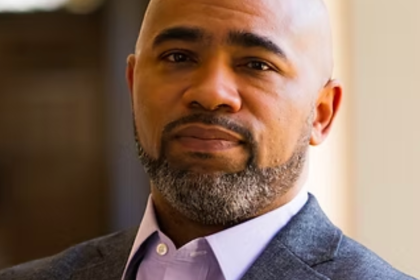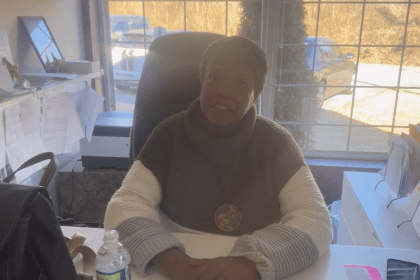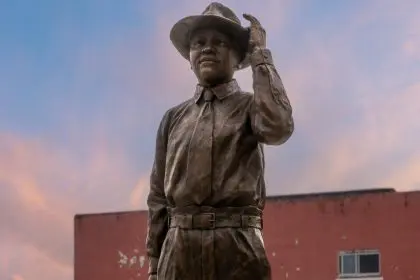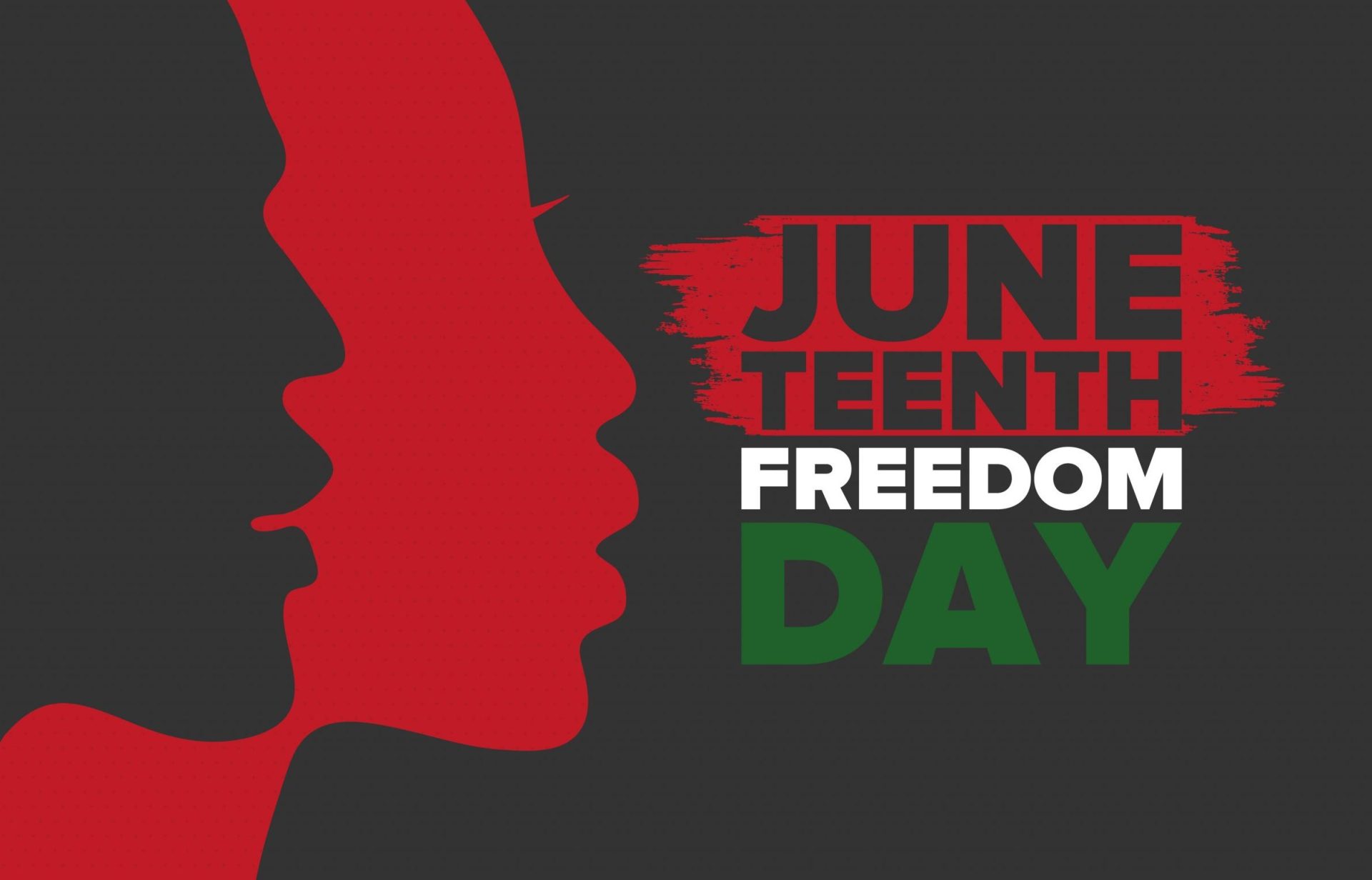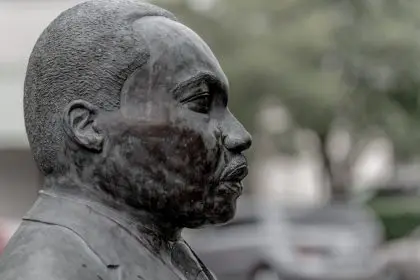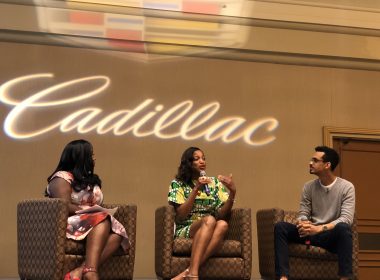A momentous announcement in Tulsa has set the stage for what could become one of the most significant community rebuilding efforts in modern American history. Standing in the heart of what was once known as Black Wall Street, Mayor Monroe Nichols unveiled an ambitious plan designed to address wounds that have festered for more than a century.
The Greenwood Trust represents far more than just another municipal initiative. This comprehensive approach to community healing acknowledges the devastating impact of the 1921 Tulsa Race Massacre while creating tangible pathways for recovery and growth. The scope and scale of this effort reflects both the magnitude of the original destruction and the determination to finally move forward constructively.
For Tulsa, this moment carries special significance as the city’s first African American mayor takes concrete steps toward addressing historical injustices that have shaped the community for generations. The timing coincides with growing national conversations about reparations and racial equity, positioning Tulsa as a potential model for other cities grappling with similar historical legacies.
A community rises from ashes with unprecedented support
The massive scale of the Greenwood Trust reflects the enormity of what was lost over 100 years ago. When thriving businesses, homes, and institutions were destroyed in 1921, the economic devastation rippled through generations, creating gaps in wealth, opportunity, and community stability that persist today.
This new initiative acknowledges that meaningful repair requires substantial resources and sustained commitment. The planning process behind the Trust involved extensive community input and careful consideration of what would be needed to create lasting, positive change rather than symbolic gestures.
The comprehensive nature of the Trust addresses multiple interconnected challenges simultaneously. Rather than focusing on just one aspect of community rebuilding, the initiative tackles housing, economic development, education, and cultural preservation as interconnected elements of a healthy, thriving neighborhood.
Community response has been overwhelmingly positive, with many residents expressing both excitement and cautious optimism about the potential for real change. The announcement has generated significant discussion on social media and in community gatherings, with people sharing hopes and concerns about implementation.
Three pillars of transformation targeting core needs
The strategic framework organizing the Trust’s efforts recognizes that sustainable community rebuilding requires addressing fundamental needs across multiple areas. Housing represents the foundation of stable communities, while economic opportunities create pathways for long-term prosperity and cultural preservation ensures that important history and traditions continue for future generations.
Housing initiatives will focus on creating homeownership opportunities specifically for survivors and descendants of the massacre. This targeted approach acknowledges that homeownership has historically been a primary vehicle for building generational wealth and that past barriers to property ownership have contributed to ongoing economic disparities.
Economic development efforts will concentrate on revitalizing existing buildings and addressing blight that has plagued the area for decades. These improvements aim to create attractive environments for businesses and residents while preserving the historical character that makes the Greenwood District unique.
Cultural preservation activities will ensure that the rich history of Black Wall Street remains visible and accessible to current and future generations. This includes supporting institutions, programs, and initiatives that celebrate the area’s heritage while educating the broader community about its significance.
Breaking down the numbers behind community investment
The financial structure of the Greenwood Trust demonstrates serious commitment to meaningful change rather than token efforts. With over half of the total funding dedicated to physical improvements and infrastructure, the initiative prioritizes creating visible, lasting changes that will benefit the community for decades to come.
Housing investments totaling millions will focus on making homeownership accessible and affordable for target populations. This includes down payment assistance, favorable lending terms, and support services that help families navigate the home buying process successfully.
The largest portion of funding will tackle the challenging but essential work of building rehabilitation and blight removal. These investments will transform the physical landscape of the area while creating construction jobs and business opportunities for local contractors and suppliers.
Educational and business support funding will provide scholarships for descendants while offering grants and technical assistance to local entrepreneurs. This combination addresses both immediate needs and long-term capacity building within the community.
Navigating challenging political waters with determination
The current national political climate presents significant challenges for any initiative focused on racial equity and historical redress. Recent attacks on diversity and inclusion programs at various levels of government have created an environment where such efforts face increased scrutiny and potential opposition.
Despite these headwinds, local leadership has remained committed to moving forward with the Trust. The decision to proceed reflects both the urgency of community needs and confidence that Tulsa residents support efforts to address historical injustices constructively.
The private charitable structure of the Trust provides some insulation from political pressures that might affect government-funded programs. By relying primarily on philanthropic contributions and private donations, the initiative can maintain focus on community needs rather than political considerations.
Local government cooperation remains essential for certain aspects of the Trust’s work, particularly land transfers and zoning issues. Early indications suggest broad support among city council members for initiatives that benefit the community and address historical inequities.
Timeline for transformation spanning multiple years
The ambitious goals of the Greenwood Trust require careful planning and phased implementation over several years. The first year will focus on establishing organizational infrastructure, hiring staff, and developing detailed program guidelines that ensure funds are used effectively and transparently.
Fundraising efforts will intensify throughout the planning period, with organizers reaching out to foundations, corporations, and individual donors who share the vision of community rebuilding. The goal of reaching full funding by the massacre’s 105th anniversary creates both urgency and symbolic significance.
Program implementation will begin gradually, allowing organizers to learn from early experiences and adjust approaches based on community feedback and practical challenges. This measured approach reduces the risk of mistakes while building confidence and momentum for larger initiatives.
Success metrics and accountability measures will be established during the planning phase to ensure the Trust delivers promised benefits to the community. Regular reporting and community updates will maintain transparency and allow for course corrections as needed.
Building bridges between past trauma and future hope
The Greenwood Trust represents more than financial investment in a geographic area. It embodies a community’s commitment to acknowledging painful history while refusing to be defined solely by past trauma. This balance between remembrance and forward movement requires careful navigation and ongoing dialogue.
Educational components of the Trust will ensure that the story of Black Wall Street and the massacre remains accessible to new generations. This includes supporting museums, cultural centers, and educational programs that preserve important history while inspiring contemporary action.
Community healing requires more than individual programs or financial investments. The Trust creates opportunities for people from different backgrounds to work together on shared goals, potentially building relationships and understanding that extend beyond the immediate neighborhood.
The national significance of Tulsa’s approach could influence how other communities address their own difficult histories. Success here might provide a roadmap for similar efforts elsewhere, while challenges and setbacks could offer valuable lessons for future initiatives.
Expanding historical transparency and ongoing investigations
Concurrent with the Trust announcement, city leadership has taken significant steps to make historical records more accessible to researchers, descendants, and the general public. Thousands of previously restricted documents are now available, providing unprecedented insight into events surrounding the massacre and its aftermath.
These newly available records include government communications, land transactions, and urban planning documents that reveal how policy decisions over many decades contributed to ongoing challenges in the Greenwood area. Access to this information supports both historical understanding and contemporary planning efforts.
Ongoing archaeological investigations at Oaklawn Cemetery continue the search for massacre victims whose remains were never properly identified or buried. This sensitive work requires substantial resources and expert guidance to ensure respectful treatment of any discoveries.
The Community Engagement Genealogy Project helps descendants trace family connections to massacre survivors while building skills and knowledge within the community. These efforts create both personal healing opportunities and broader historical understanding.
Measuring success in a complex undertaking
Evaluating the effectiveness of the Greenwood Trust will require sophisticated metrics that capture both quantitative outcomes and qualitative improvements in community well-being. Traditional measures like property values and business development will provide some indication of progress, but deeper changes may take longer to become apparent.
Community satisfaction and engagement levels will offer important insights into whether the Trust is meeting resident needs and expectations. Regular surveys and community meetings will provide feedback mechanisms that allow for program adjustments and improvements.
Economic indicators specific to target populations will help determine whether the Trust is successfully addressing historical wealth gaps and creating new opportunities for prosperity. This includes tracking homeownership rates, business formation, and educational achievements among descendants and community members.
The broader impact on Tulsa’s reputation and relationships will also factor into success measurements. Progress toward genuine reconciliation and community unity represents important but difficult-to-quantify benefits that may emerge over time.
Setting a precedent for national healing efforts
The Greenwood Trust positions Tulsa as a potential model for other communities seeking to address historical injustices through concrete action rather than symbolic gestures alone. The comprehensive approach and substantial financial commitment demonstrate serious intent to create meaningful change.
Other cities with similar histories will be watching closely to see what works well and what challenges emerge. Success in Tulsa could inspire comparable efforts elsewhere, while setbacks might inform better approaches for future initiatives.
The private charitable structure offers one approach to funding reparative efforts in political environments where government action faces resistance. This model might be replicated in communities where public funding for such initiatives remains politically challenging.
National conversations about racial equity and historical redress will likely reference Tulsa’s experience as programs develop and outcomes become apparent. The city’s willingness to confront difficult history while investing in positive change could influence broader policy discussions and community initiatives across the country.

